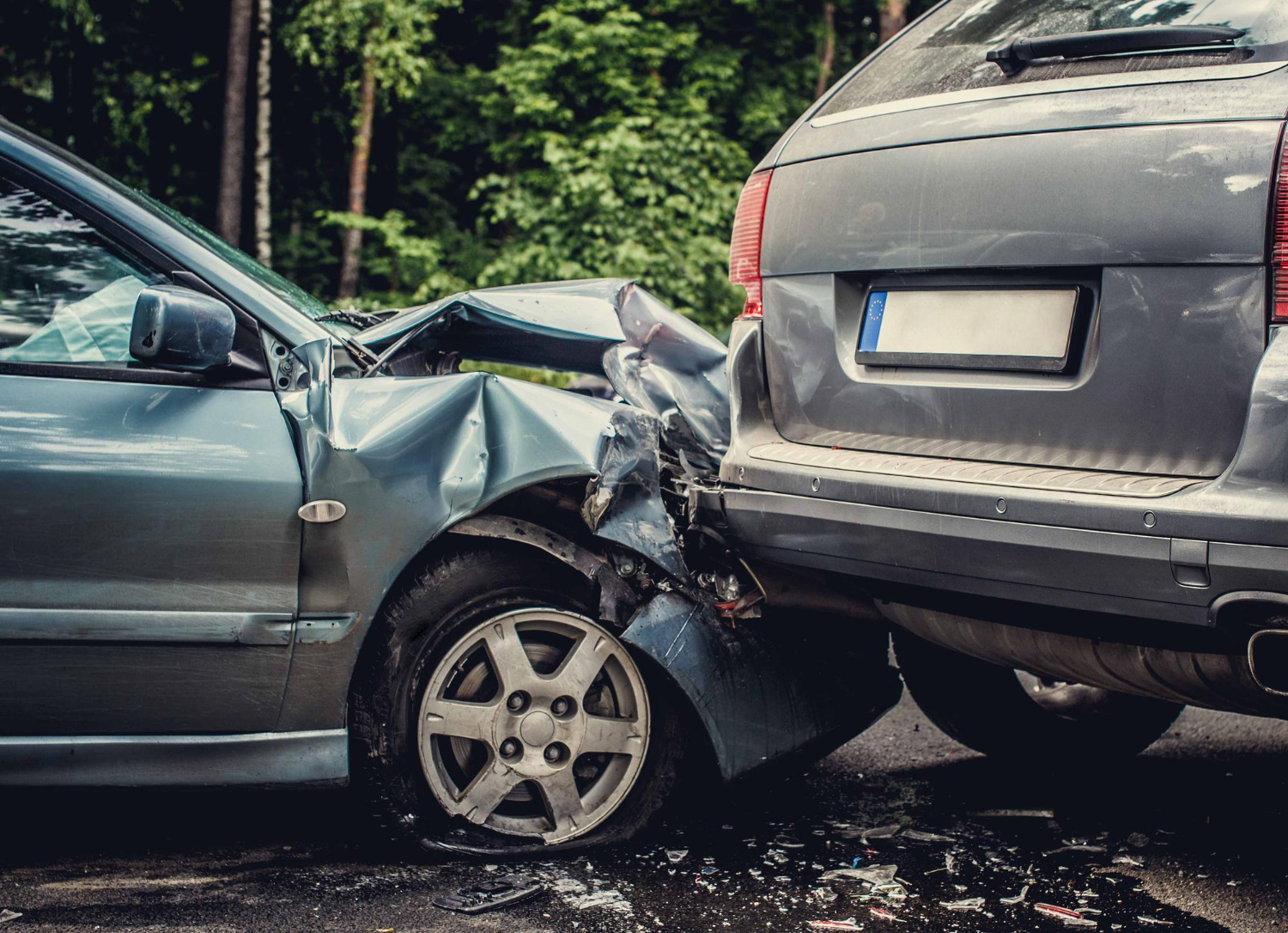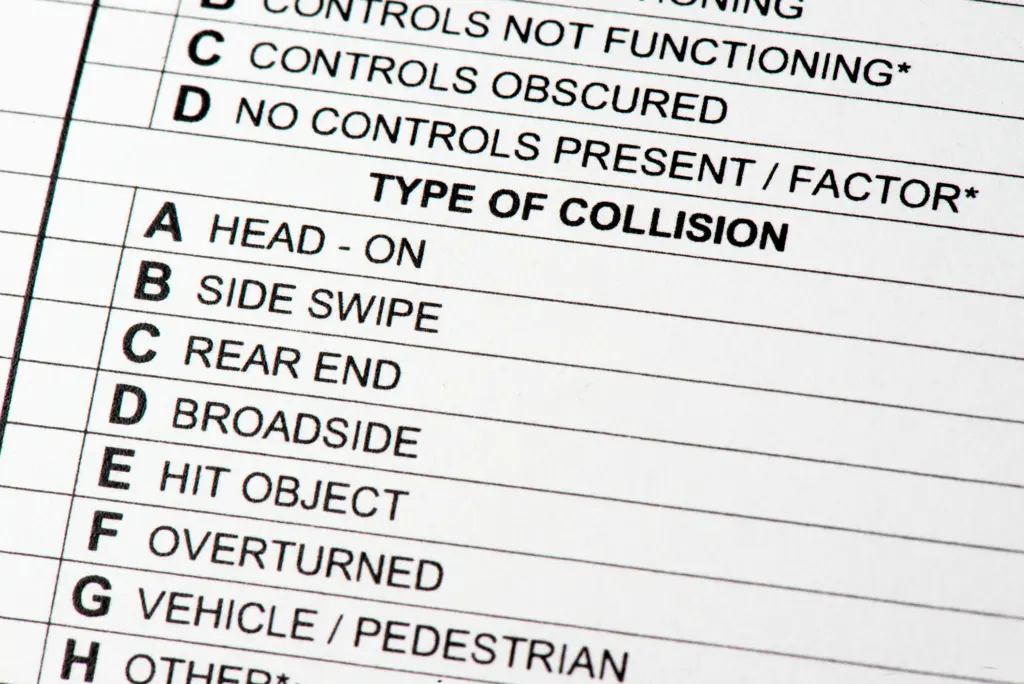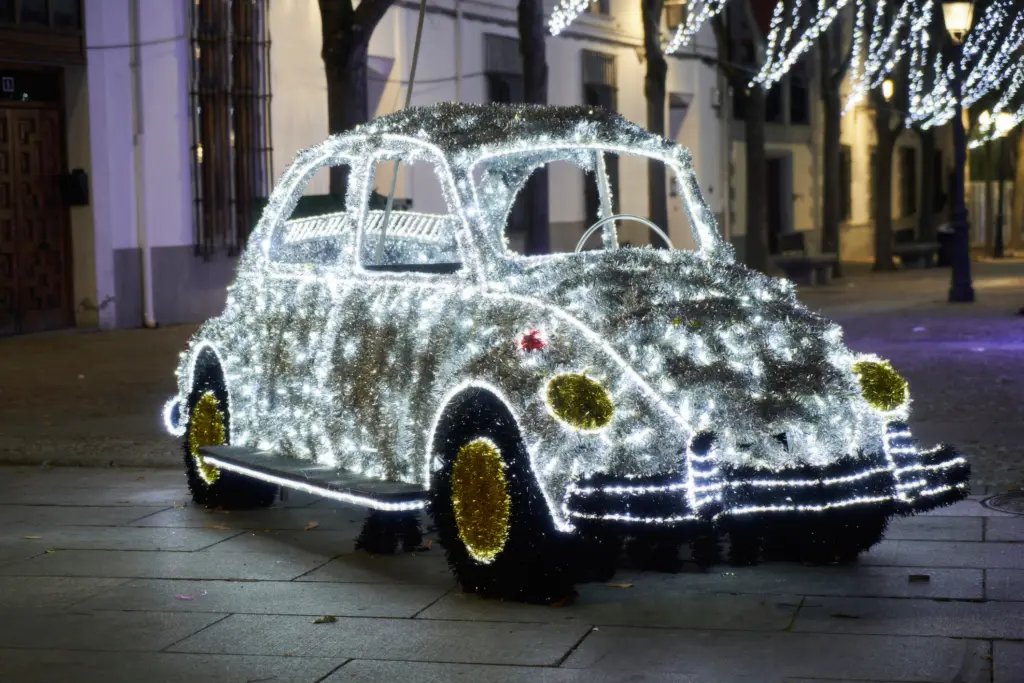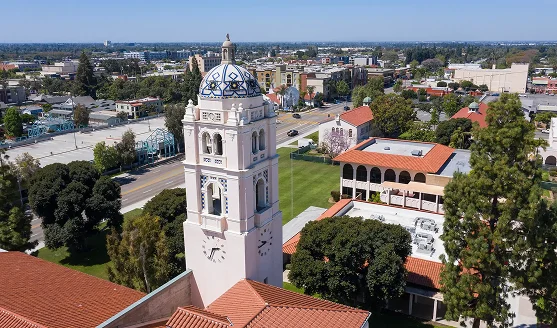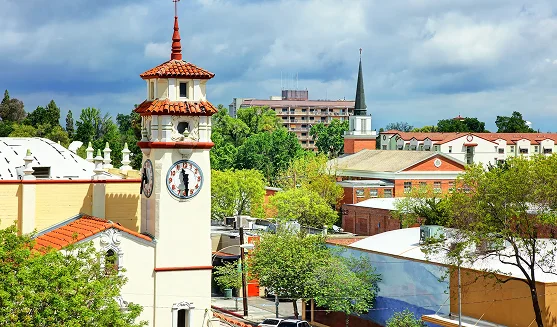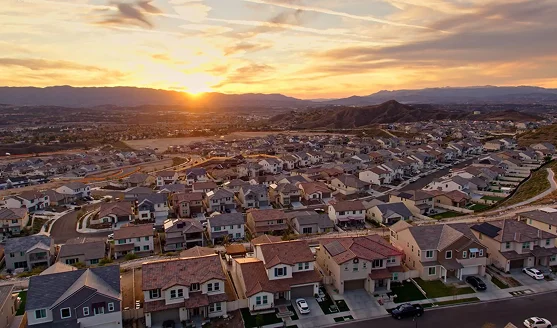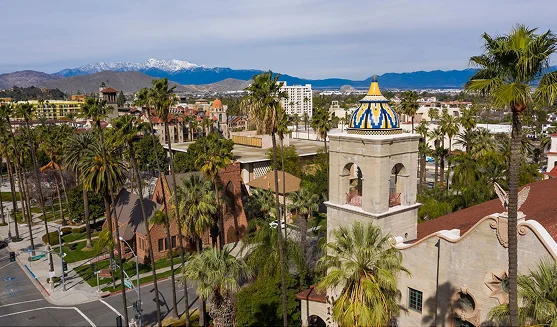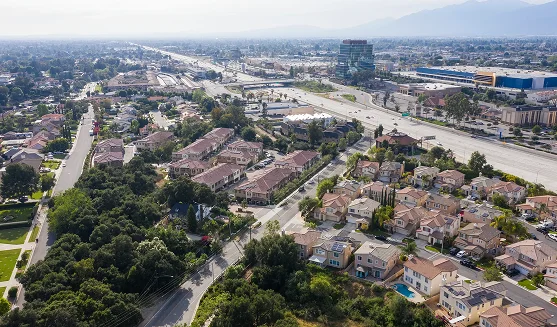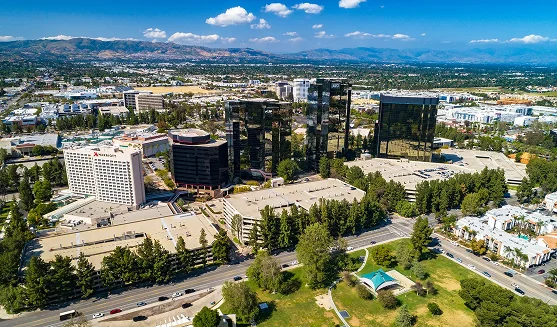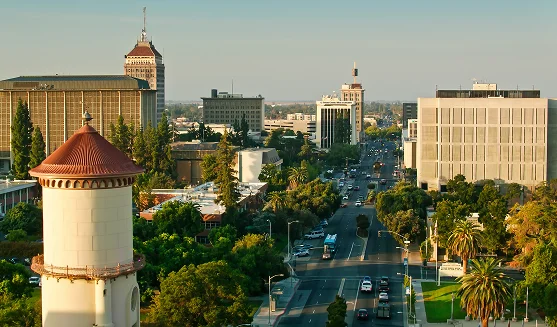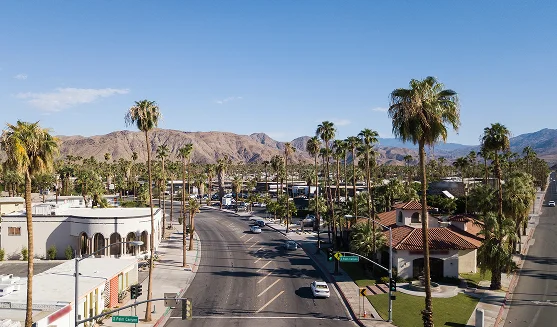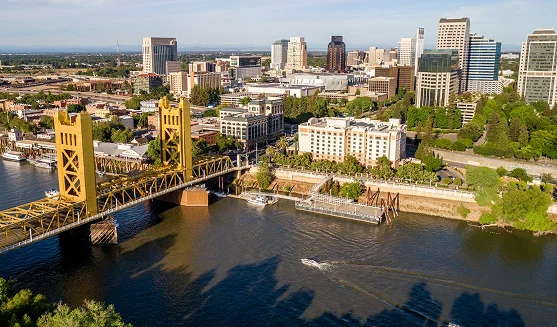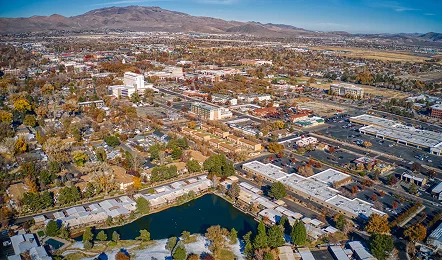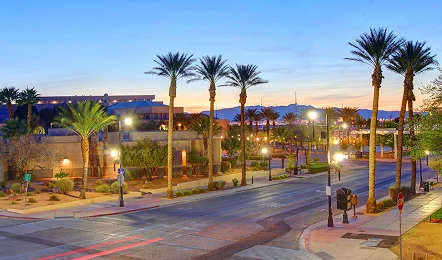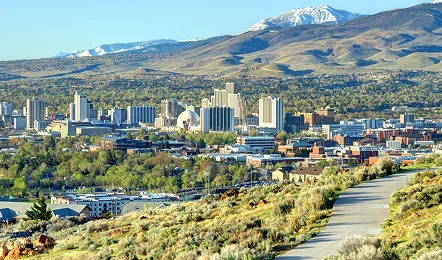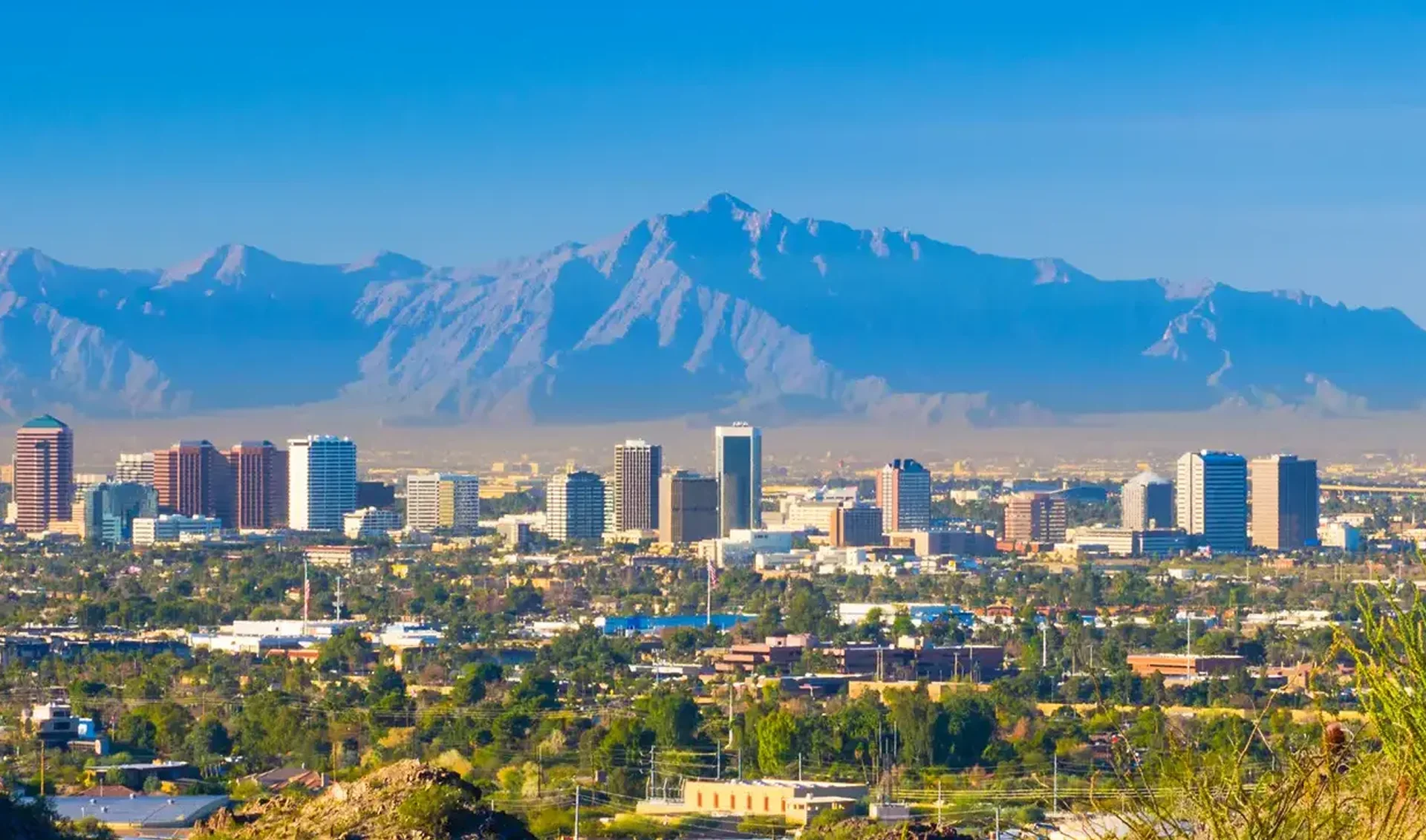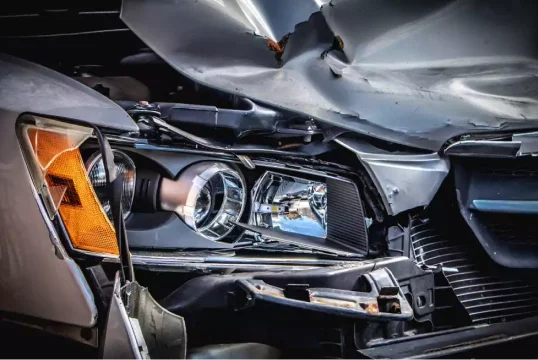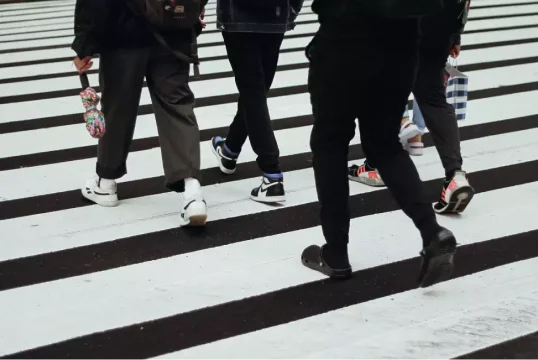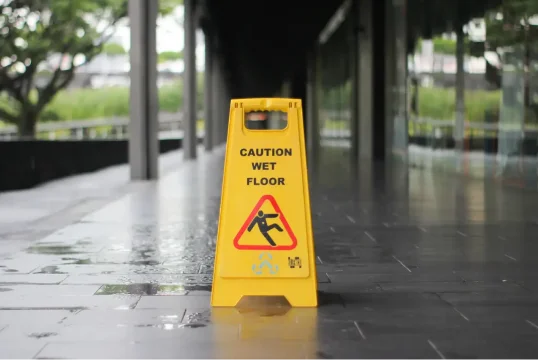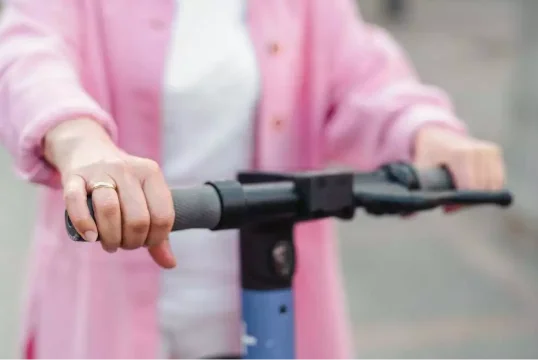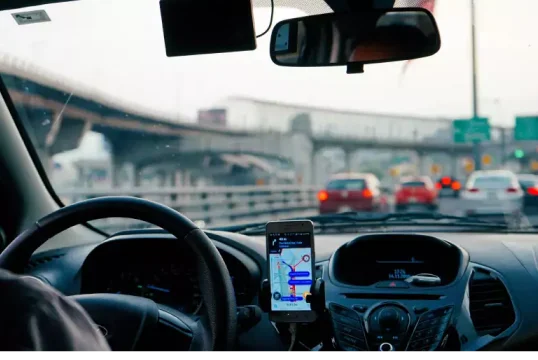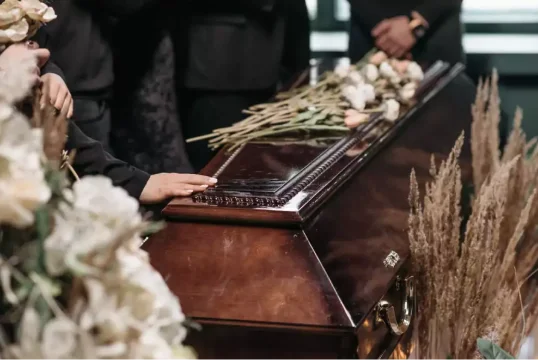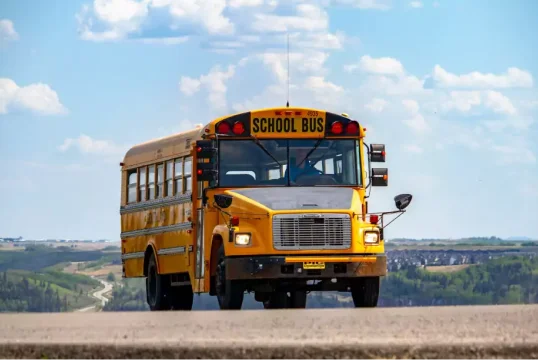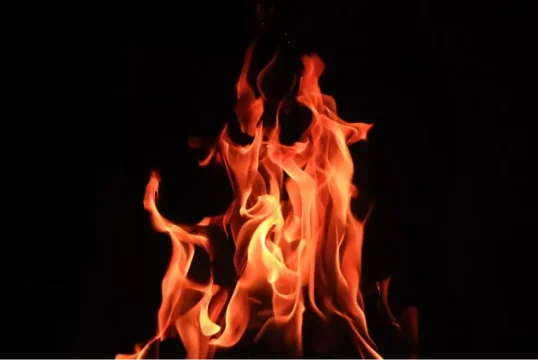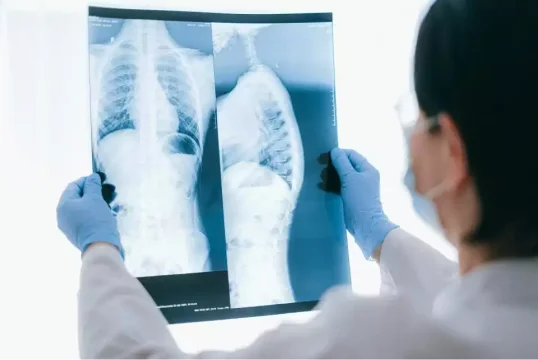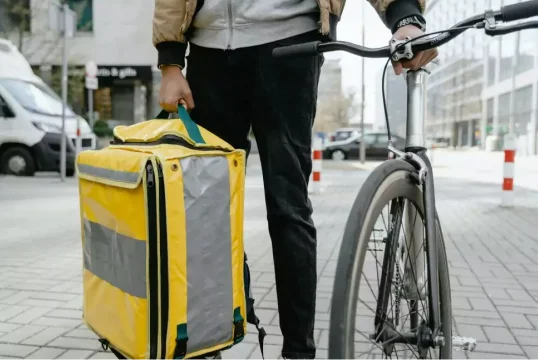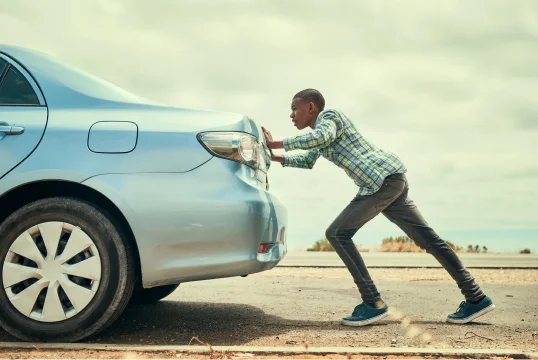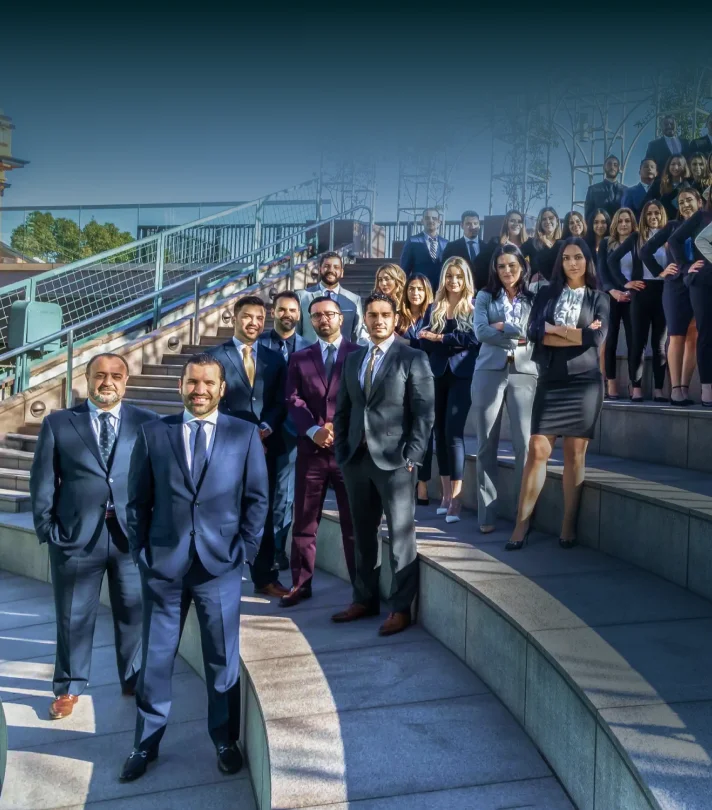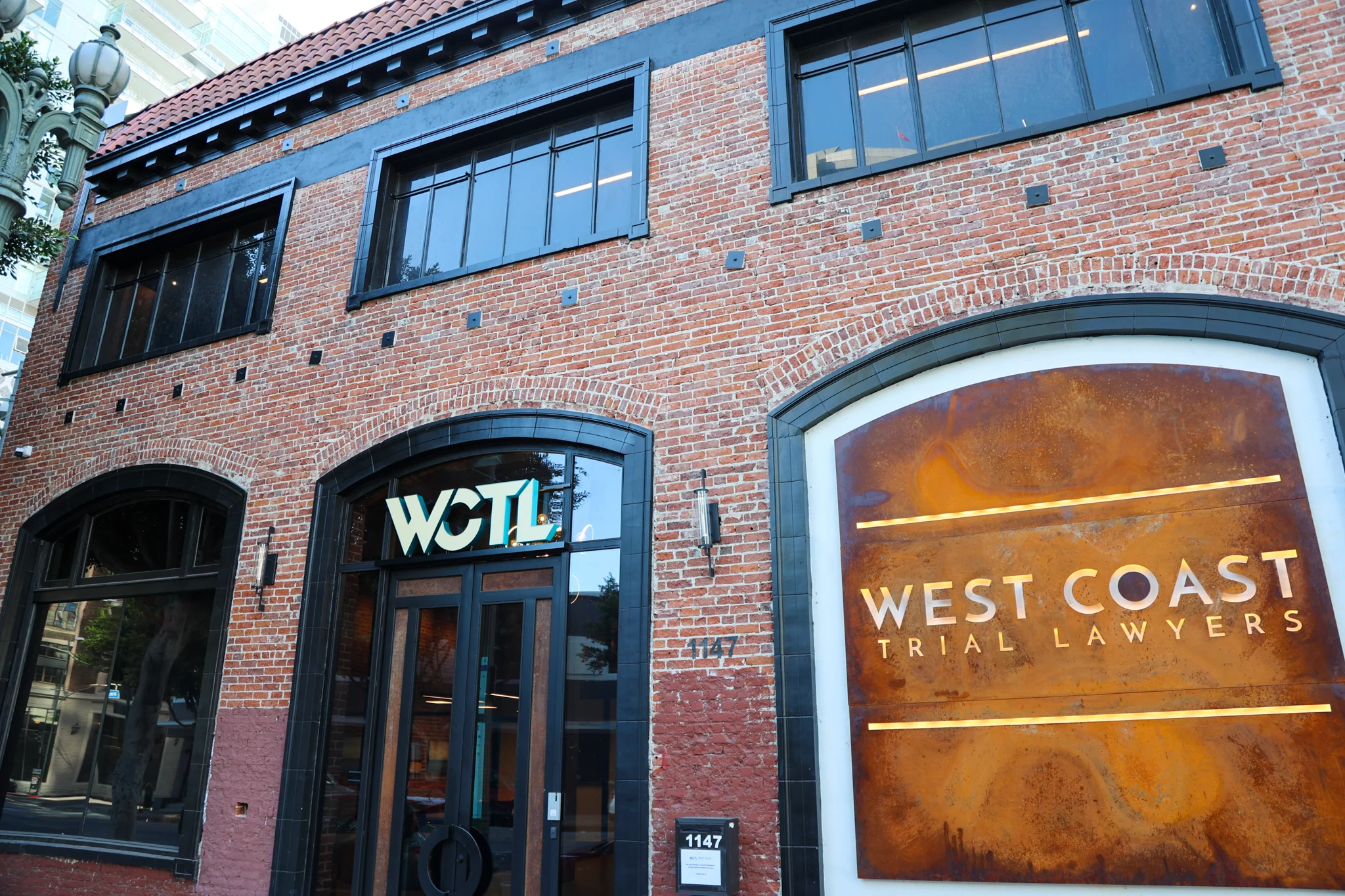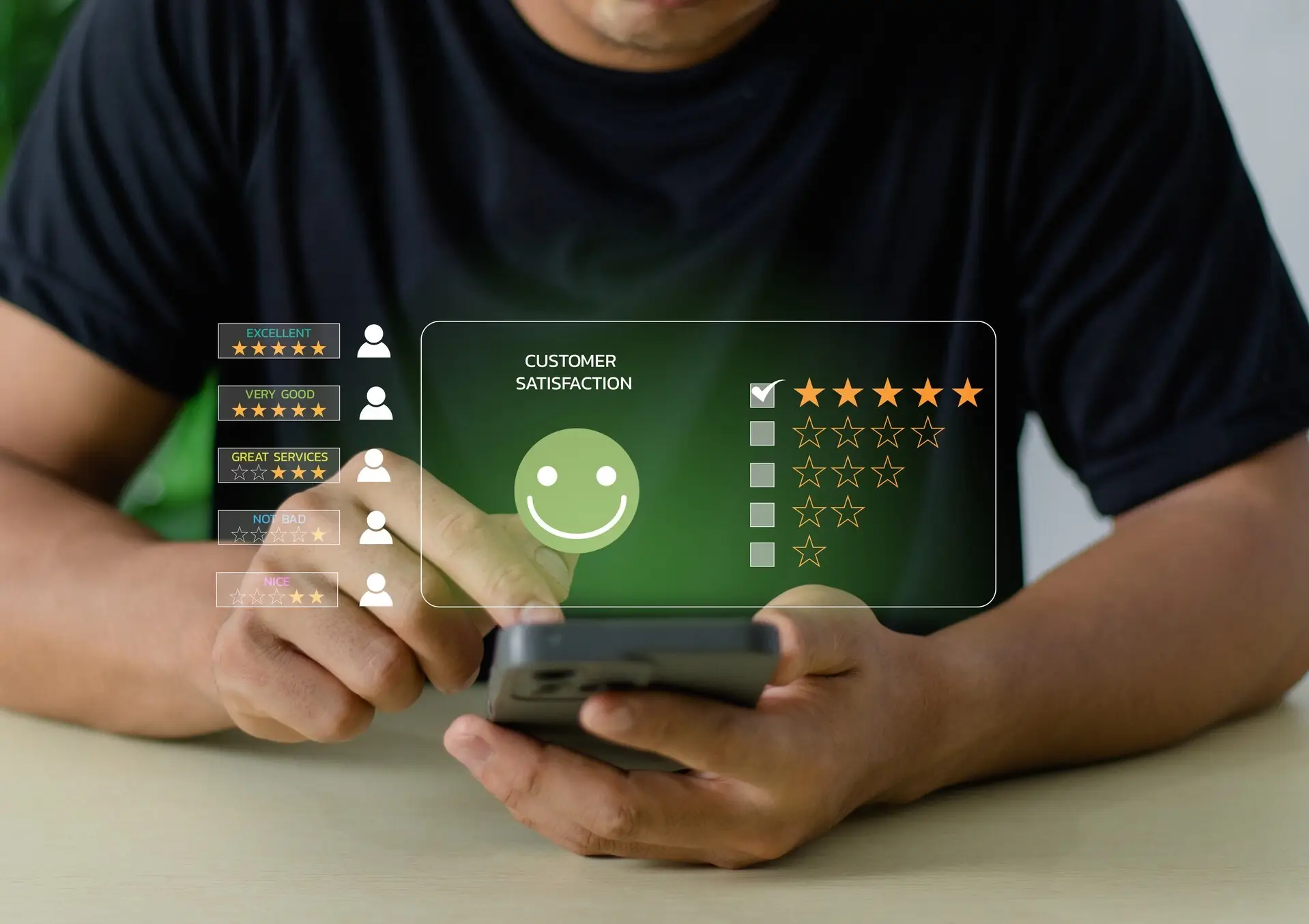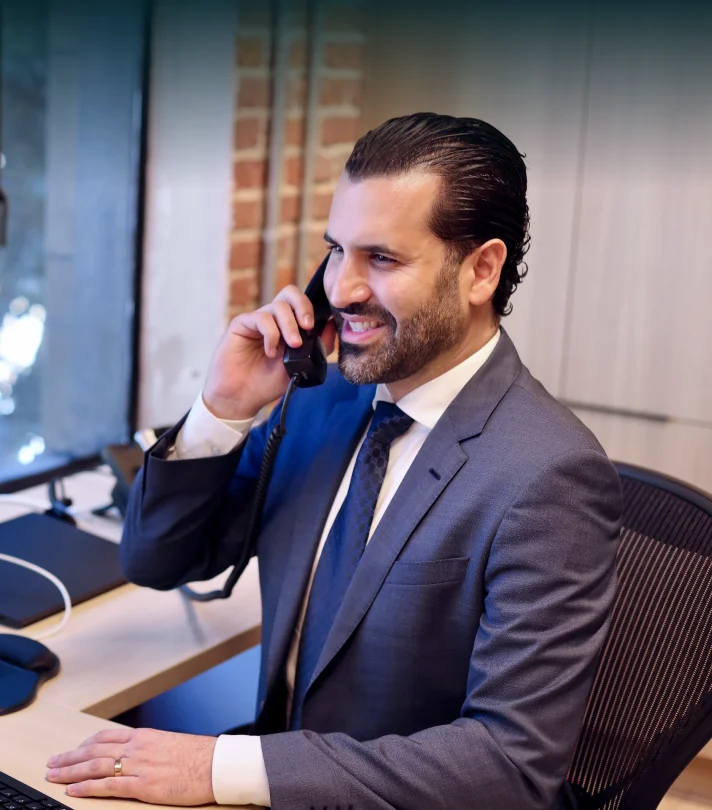TL;DR: In California, the rear driver is usually presumed at fault in a rear-end accident—but not always. Factors like sudden stops, brake malfunctions, or multiple-car pileups can shift liability. California follows a comparative negligence system (shared fault), so compensation may be reduced based on your responsibility. You have 2 years to file a personal injury claim in California. If injuries are discovered later, this deadline may be extended.

Is the Rear Driver Always at Fault?
Most of the time, yes. California law assumes that the rear driver was following too closely or not paying attention. But that presumption isn’t automatic proof of fault. If the front driver made a sudden or reckless move, or if a mechanical failure occurred, the situation changes.
Feeling blamed or stressed? These steps clarify your rights and help you challenge assumptions that may not be fair. Try journaling what happened—it can help organize your thoughts and support your case later.
Legal Principle: Duty to Maintain a Safe Following Distance
California Vehicle Code §21769(a) requires drivers to keep a reasonable distance from the vehicle ahead. Rear-end crashes typically result from violations of this rule. But if the front vehicle slammed on the brakes without reason, liability can shift.
When the Front Driver May Be at Fault
- Sudden and unsafe lane changes
- Slamming brakes to initiate a crash (“brake checking”)
- Broken brake lights or taillights
- Stopping in the roadway without cause
These factors may reduce or eliminate the rear driver’s responsibility—especially when supported by video, witness statements, or vehicle data.
How Comparative Negligence Affects Fault
California uses a comparative negligence system, where fault is shared between parties. Your compensation is reduced by the percentage of fault assigned to you. Liability (responsibility for the crash) isn’t always clear-cut, which is why investigation matters.
Example: If you were found 20% at fault and your damages total $100,000, your recovery would be reduced to $80,000.
What Happens in Multi-Car Rear-End Crashes?
In chain reaction collisions, multiple parties may share fault. The driver who caused the initial impact is often the primary liable party, but each rearward collision may involve its own negligence analysis. These cases are complex and require investigation.
Learn more about multi-car collision liability.
What You Should Do After a Rear-End Accident
- Call 911 and seek medical attention, even if you feel okay
- Take photos of damage, road conditions, skid marks, and all vehicles
- Exchange insurance and contact information
- Notify your insurer within 24 hours to protect your claim
- Do not admit fault or make assumptions at the scene
- Speak to a qualified California car accident lawyer before talking to insurers
Real Client Examples
Sarah’s Story: After being rear-ended on the 101 freeway, Sarah was blamed for “stopping short.” Dashcam footage proved otherwise. We recovered $250,000 for spinal injuries and lost wages.
Another Client: In a multi-car crash on the 405, a client was initially assigned full fault. With witness statements and photos we helped them reduce their fault to 30%—and recover 70% of their damages.
Fresno Example: A Fresno driver was rear-ended and accused of stopping suddenly. Photos of long skid marks helped prove the other driver was distracted. The client received a full settlement for vehicle damage and physical therapy.
Don’t Guess. Get the Facts. We’ll Fight for You.
Rear-end accidents may seem straightforward, but liability isn’t always clear. Insurance companies will try to settle fast—usually for less than you deserve. We’ll investigate the facts, protect your rights, and pursue maximum compensation.
Feeling overwhelmed by the blame? Take a deep breath or write down what you remember. Our team helps you feel secure—legally and emotionally—every step of the way.
No Win, No Fee. Contact us now for your free consultation.
— Neama Rahmani, Esq., President of West Coast Trial Lawyers
Neama Rahmani, a Harvard-educated attorney with over 20 years of experience, leads our team of trial-tested litigators. California Bar No. 240613. Meet our attorneys, read our client stories, or verify credentials on Neama’s State Bar profile.
This article is for informational purposes only and does not constitute legal advice. Please consult an attorney for guidance on your individual situation.
